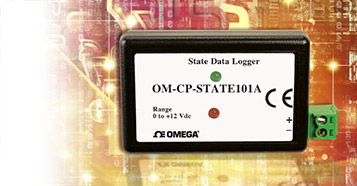 Data loggers are instruments that monitor and record changes in conditions over time. They can be single, stand-alone units or consist of multiple channels. Most stand-alone units are battery-powered, allowing them to record while in transit and for extended periods of time. Data loggers are equipped with sensors capable of detecting a variety of input signals, including:
Data loggers are instruments that monitor and record changes in conditions over time. They can be single, stand-alone units or consist of multiple channels. Most stand-alone units are battery-powered, allowing them to record while in transit and for extended periods of time. Data loggers are equipped with sensors capable of detecting a variety of input signals, including:
- AC/DC Voltage/Current
- Shock
- Sound
- Frequency
- Pressure
- Temperature
- Relative Humidity
- Load
The ability to monitor and capture data is crucial in industries such as pharmaceuticals and food processing. Data loggers are used to verify temperature and humidity levels of storage and transportation facilities. They also provide building maintenance information on heating, ventilation and air conditioning operation to assist with energy conservation. Data loggers may be buried in the soil or exposed to the elements to monitor growing conditions in the agricultural industry. Some can be programmed to send an e-mail if the temperature exceeds an acceptable limit in a server room.
There are numerous types of data loggers, each designed to carry out a specific function. Understanding the principles of how they operate is vitally important when selecting a data logger for your application. For example, state, pulse and event data loggers carry out similar tasks but differ significantly in operation.
State Data Loggers
| State | Time | Type |
| 1 | 10:15:00 | Open |
| 2 | 10:15:03 | Close |
| 3 | 11:22:02 | Open |
| 4 | 11:22:07 | Close |
State loggers are used in a number of industries to collect data for energy-efficiency studies. They are frequently employed to monitor the on/off cycles of HVAC systems and electric pumps. Security systems also incorporate state datalogging devices.
The compact OM-CP-STATE101A data logger detects and records state changes. A real-time clock date stamps each occurrence. The device is battery-powered and features nonvolatile solid-state memory that will retain information even if the unit loses power. User-friendly software simplifies data analysis.
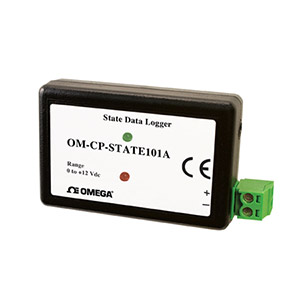
Event Data Loggers
| Event | Time |
| 1 | 9:15:01 |
| 2 | 9:32:00 |
| 3 | 10:12:25 |
Event data loggers are often used to record the number of hours electrical equipment operates. Manufacturers monitor on/off switching of conveyors and refrigeration units with event data-logging devices. They also interface with other devices such as tipping bucket rain gauges.
The OM-CP-EVENT101A data logger detects and records the initial data point of an occurrence. The device is battery operated, and its small size makes it ideal for monitoring using the USB interface in the field. Data can be downloaded to a computer in tabular or graphical formats. Free firmware upgrades are included for the life of the device. The OM-CP-EVENT101A features memory wraparound and delayed start mode configurable up to 18 months.
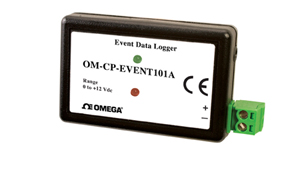
Pulse Data Loggers
| Time | Pulses |
| 1:25 | 1 |
| 2:30 | 2 |
| 3:10 | 3 |
Pulse loggers are most often used for applications where the pulses occur too rapidly to be detected by event or state data loggers. They are commonly used to measure signals produced by flow meters or revolution pulse counters.
The OM-CP-PULSE101A data logger detects pulse and contact closure signals. The pulse recorder can store defined units of measure, scaling and offset values. The OM-CP-PULSE101A time-stamps all data and provides optional password protection. Its solid-state memory ensures that data is protected even if the battery is depleted.
State, event and pulse loggers provide a variety of monitoring solutions for researchers, technicians and industry professionals. These devices are portable and provide flexibility for field applications. In addition, they offer a much more economical alternative for data acquisition than paper charting.
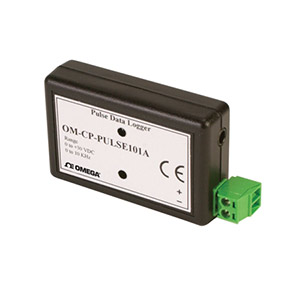
 CLOSE
CLOSE




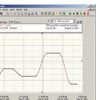

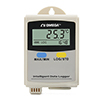


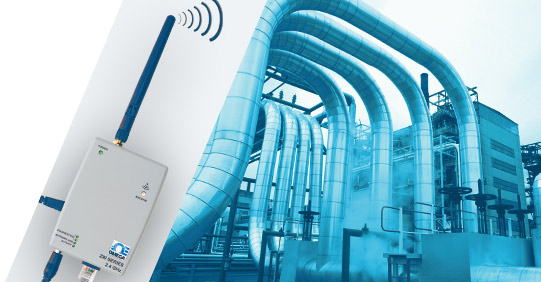 High-value assets such as aerospace systems must be monitored and protected while in transit to the final assembly location...
High-value assets such as aerospace systems must be monitored and protected while in transit to the final assembly location...
 Recording temperature in freezers is important in the storage of blood plasma, vaccines, pharmaceuticals...
Recording temperature in freezers is important in the storage of blood plasma, vaccines, pharmaceuticals...
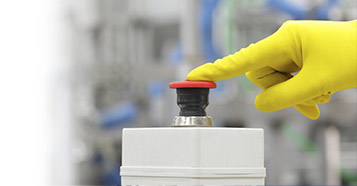 Imagine a manufacturing facility where everything goes as planned.
Imagine a manufacturing facility where everything goes as planned.